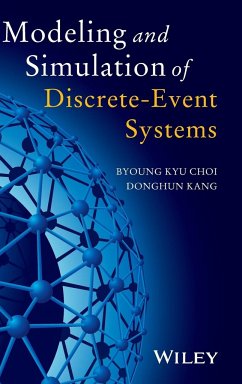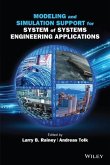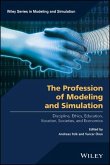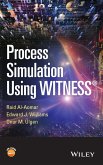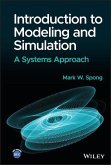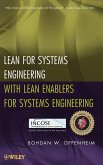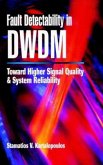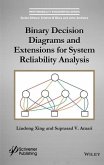This book provides a comprehensive, systematic treatment of discrete event systems modeling and simulation, covering the five major breakthrough areas in modeling over the past sixty years, and integrating these areas into engineering's most widely used modeling and simulation systems. It explains how to analyze the results of simulations; provides examples from multiple application areas; and features review questions and problems.
Computer modeling and simulation (M&S) allows engineers to study and analyze complex systems. Discrete-event system (DES)-M&S is used in modern management, industrial engineering, computer science, and the military. As computer speeds and memory capacity increase, so DES-M&S tools become more powerful and more widely used in solving real-life problems.
Based on over 20 years of evolution within a classroom environment, as well as on decades-long experience in developing simulation-based solutions for high-tech industries, Modeling and Simulation of Discrete-Event Systems is the only book on DES-M&S in which all the major DES modeling formalisms - activity-based, process-oriented, state-based, and event-based - are covered in a unified manner:
A well-defined procedure for building a formal model in the form of event graph, ACD, or state graph
Diverse types of modeling templates and examples that can be used as building blocks for a complex, real-life model
A systematic, easy-to-follow procedure combined with sample C sharp codes for developing simulators in various modeling formalisms
Simple tutorials as well as sample model files for using popular off-the-shelf simulators such as SIGMA(r), ACE(r), and Arena(r)
Up-to-date research results as well as research issues and directions in DES-M&S
Modeling and Simulation of Discrete-Event Systems is an ideal textbook for undergraduate and graduate students of simulation/industrial engineering and computer science, as well as for simulation practitioners and researchers.
Hinweis: Dieser Artikel kann nur an eine deutsche Lieferadresse ausgeliefert werden.
Computer modeling and simulation (M&S) allows engineers to study and analyze complex systems. Discrete-event system (DES)-M&S is used in modern management, industrial engineering, computer science, and the military. As computer speeds and memory capacity increase, so DES-M&S tools become more powerful and more widely used in solving real-life problems.
Based on over 20 years of evolution within a classroom environment, as well as on decades-long experience in developing simulation-based solutions for high-tech industries, Modeling and Simulation of Discrete-Event Systems is the only book on DES-M&S in which all the major DES modeling formalisms - activity-based, process-oriented, state-based, and event-based - are covered in a unified manner:
A well-defined procedure for building a formal model in the form of event graph, ACD, or state graph
Diverse types of modeling templates and examples that can be used as building blocks for a complex, real-life model
A systematic, easy-to-follow procedure combined with sample C sharp codes for developing simulators in various modeling formalisms
Simple tutorials as well as sample model files for using popular off-the-shelf simulators such as SIGMA(r), ACE(r), and Arena(r)
Up-to-date research results as well as research issues and directions in DES-M&S
Modeling and Simulation of Discrete-Event Systems is an ideal textbook for undergraduate and graduate students of simulation/industrial engineering and computer science, as well as for simulation practitioners and researchers.
Hinweis: Dieser Artikel kann nur an eine deutsche Lieferadresse ausgeliefert werden.

